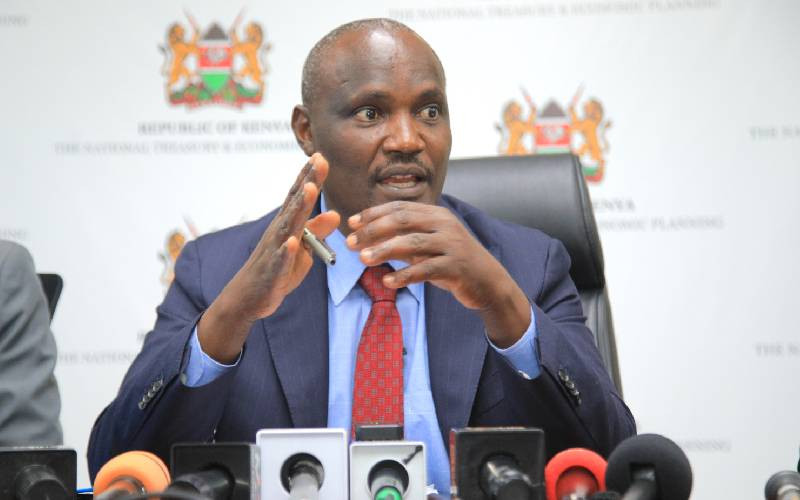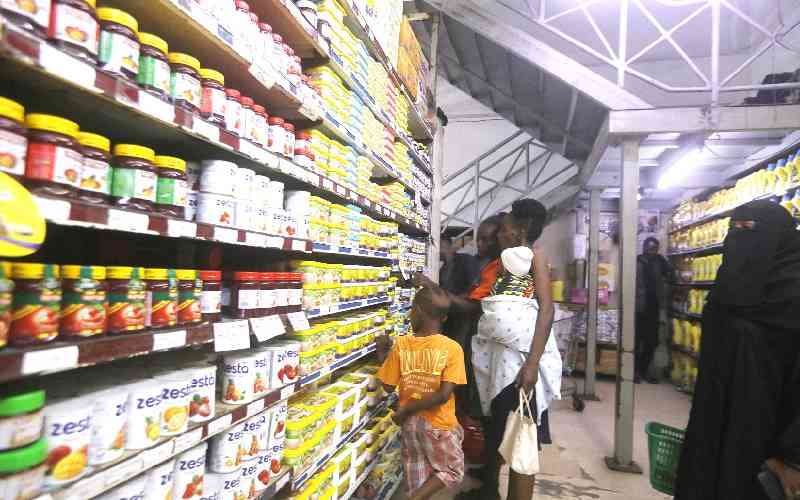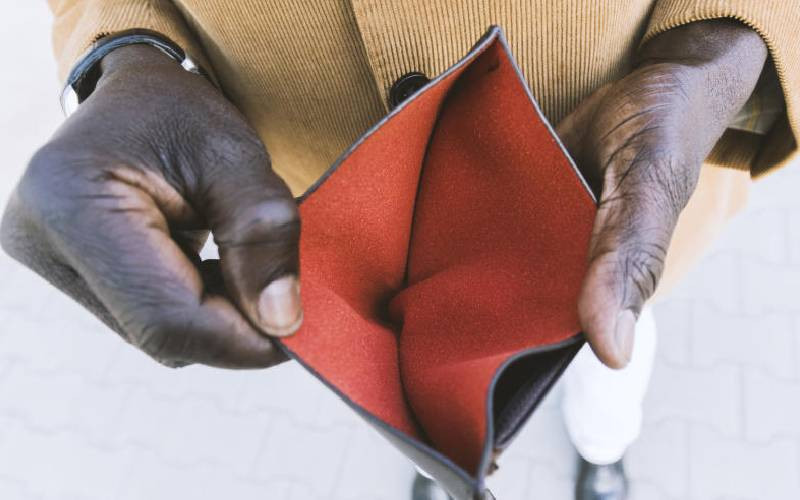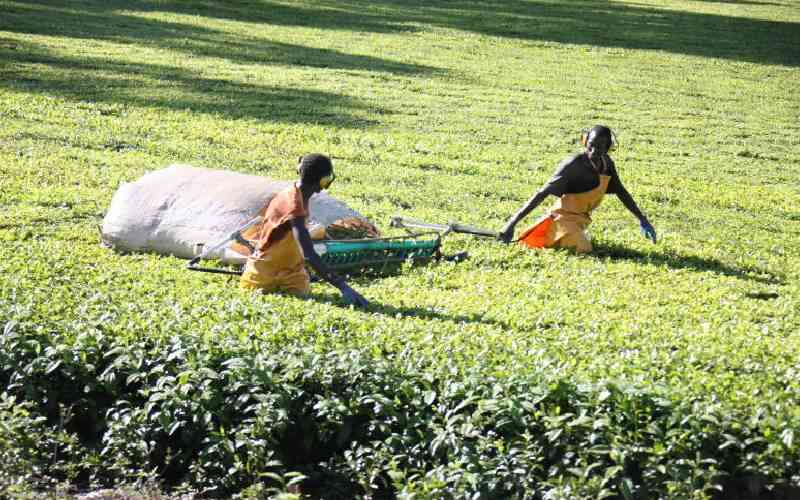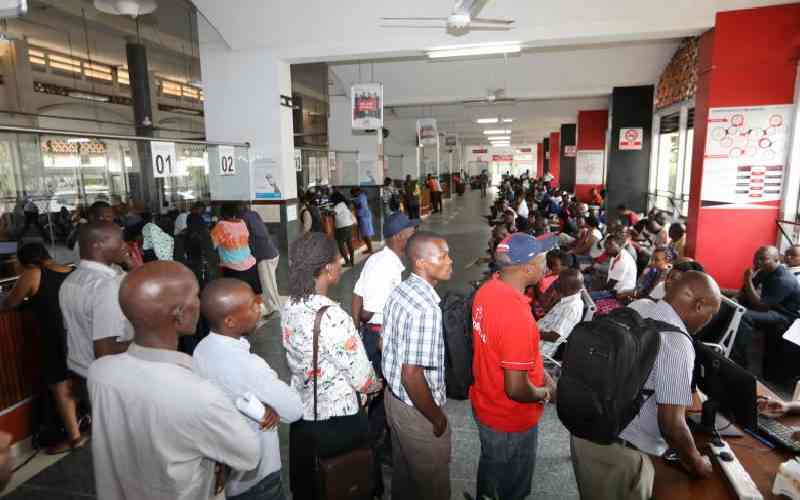×
The Standard e-Paper
Truth Without Fear

Rash Behari Bose and his wife Toshiko. [Courtesy]
Curry is as much a Japanese dish as chicken Manchurian is an Indian one. Or to put it another way, Japanese curry is to Indian food what chicken Manchurian is to Chinese food: a vague relative. The history of the dish in Japan dated to the 1870s when naval officers of the British Royal navy who had picked up the curry habit in India, passed it on to colleagues in Japan’s imperial maritime forces.
